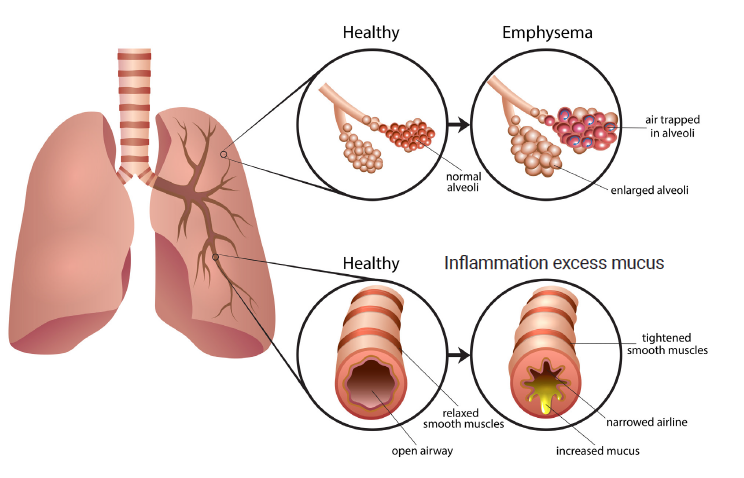Last Updated : June 12, 2020
Details
This issue of Health Technology Update features brief summaries of information on a broad range of medical technologies — from a robotic wheelchair that uses gyroscope technology to a self-expanding pulmonary valve . These technologies were identified through the Canada's Drug Agency Horizon Scanning Service as topics potentially of interest to Canadian health care decision-makers.
The following seven articles on emerging technologies are featured in this issue:



 Endobronchial valves are one-way valves placed in the airways of the most damaged parts of the lungs using bronchoscopy.
Endobronchial valves are one-way valves placed in the airways of the most damaged parts of the lungs using bronchoscopy.